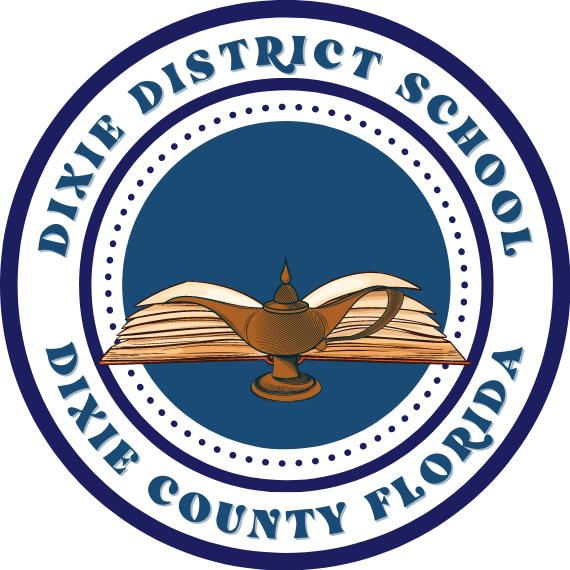CHAPTER 3.00 - SCHOOL ADMINISTRATION
3.41 Service Animals
(1) The purpose of this policy is to implement standards related to service animals as set forth in federal and state law including:
(a) Individuals with Disabilities Education Act;
(b) Rehabilitation Act of 1973, as amended;
(c) Americans with Disabilities Act;
(d) Section 413.08, F.S.
(2) A service animal is personal property and may not be brought on campus without the knowledge and permission of the school or District administration. A student’s need for and use of a service animal must be documented in the student’s Individual Education Plan (IEP) or Section 504 Plan. To determine if an animal qualifies as a service animal, the District may not ask about the nature or extent of the individual’s disability, but may ask the following:
(a) If the animal is required because of a disability and
(b) What work or task the animal is trained to perform.
(3) A service animal is any dog that is trained to do work or perform tasks for the benefit of an individual with a disability. The animal must be trained to perform tasks directly related to the person’s disability.
(a) Other species of animals are not considered to be service animals.
(b) Miniature horses may be used as an alternative to dogs, with certain limitations. However, they are not included in the definition of service animal.
(c) An animal whose sole function is to provide comfort, therapy, or companionship is not considered a service animal.
(d) A service animal is not a pet.
(4) A task is a minor job or piece of work that the animal performs. Tasks include:
(a) Guiding a person who is visually impaired or blind;
(b) Alerting a person who is deaf or hard of hearing;
(c) Retrieving objects;
(d) Assisting with mobility or balance;
(e) Pulling a wheelchair;
(f) Alerting an individual to the presence of allergens;
(g) Helping an individual with a psychiatric or neurological disability by preventing or interrupting impulsive or destructive behaviors;
(h) Reminding an individual with mental illness to take prescribed medications;
(i) Calming an individual with posttraumatic stress disorder (PTSD) during an anxiety attack;
(j) Alerting and protecting a person having a seizure; and
(k) Doing other work or performing other specific tasks.
(5) A service animal may not interfere with the educational process of any student or pose a health or safety threat to any student, school personnel or other persons. The service animal must meet health requirements and established standards of behavior.
(6) The service animal must be under the control of its handler.
(7) The Superintendent shall develop guidelines for service animals on campus. Guidelines shall include but not be limited to
(a) The process for requesting approval for the use of a service animal in the school or District setting;
(b) Standards of behavior for the service animal;
(c) Required accommodation documentation;
(d) Required health certification for the animal;
(e) Transportation of the service animal;
(f) Emergency procedures; and
(g) Orientation for school personnel and students.
(8) The District shall not assume responsibility for training, health care or daily care of any service animal.
STATUTORY AUTHORITY: 1001.41; 1001.42, F.S.
LAWS IMPLEMENTED: 413.08, 1001.32, 1001.43, 1006.07, 1006.08, F.S. 28 CFR 35.104, 28 CFR 35.136
28 CFR 36.104, 34 CFR 104
History:
Adopted: January 12, 2016
Revision Date(s): April 13, 2021
Formerly


